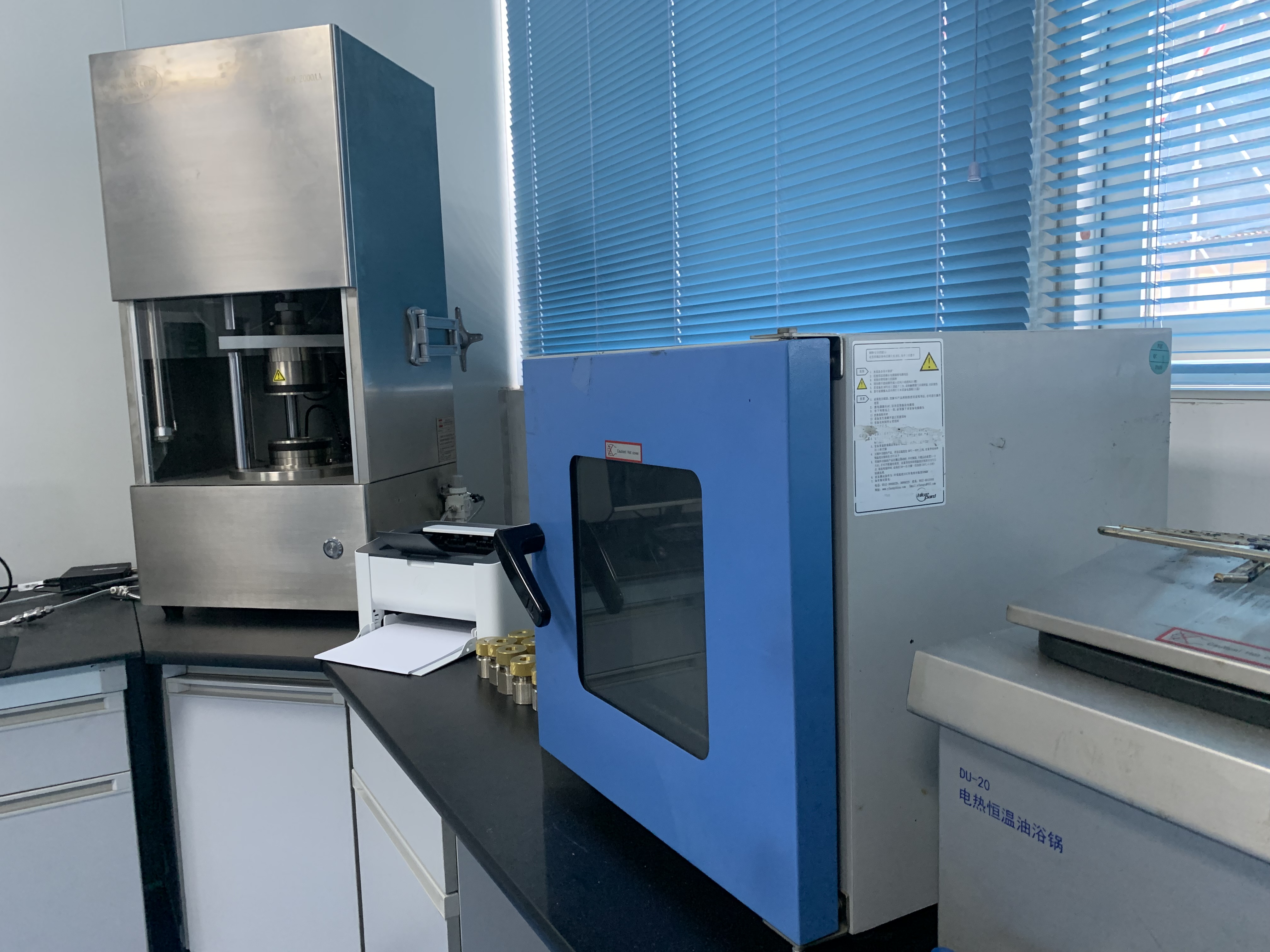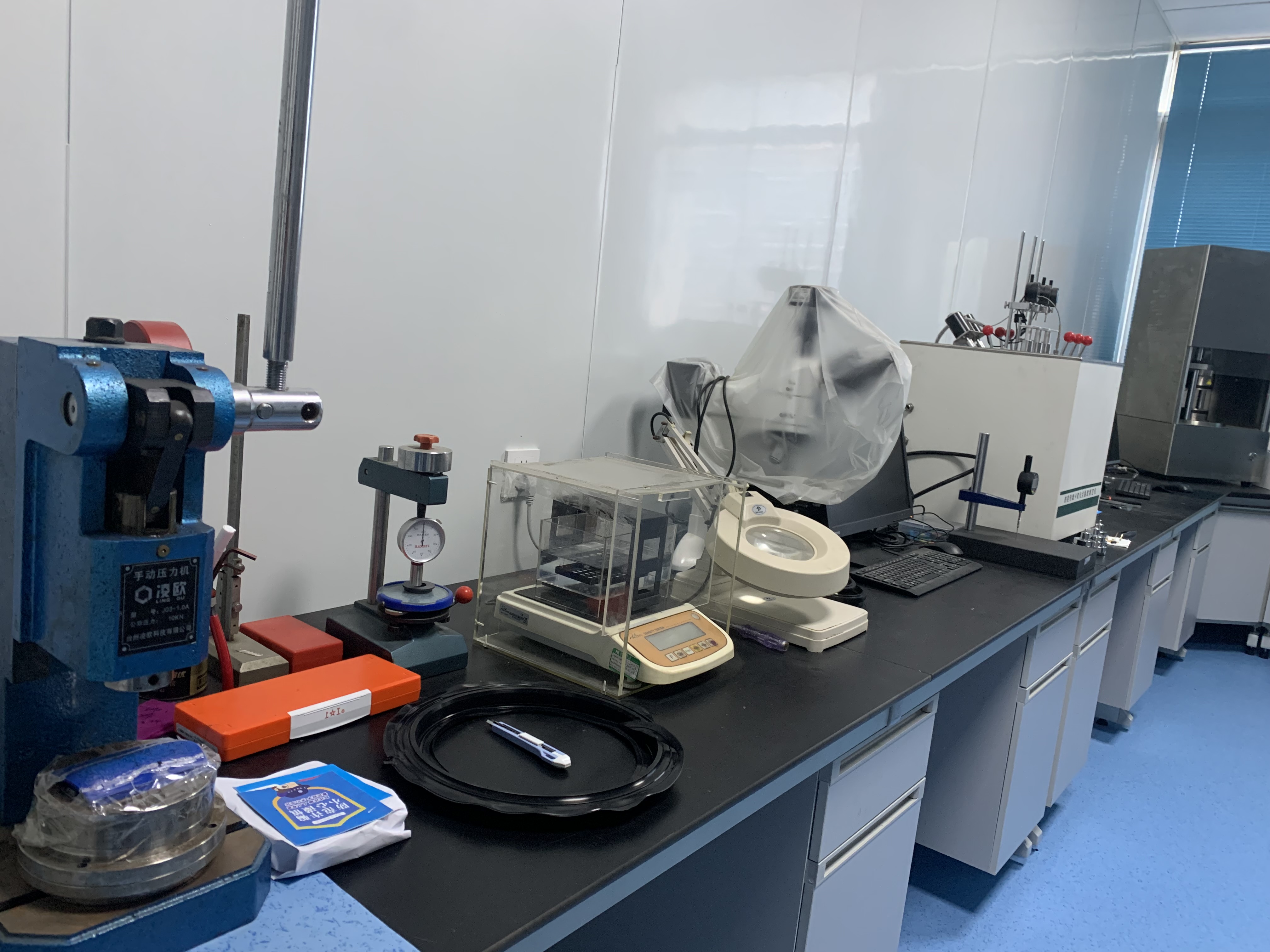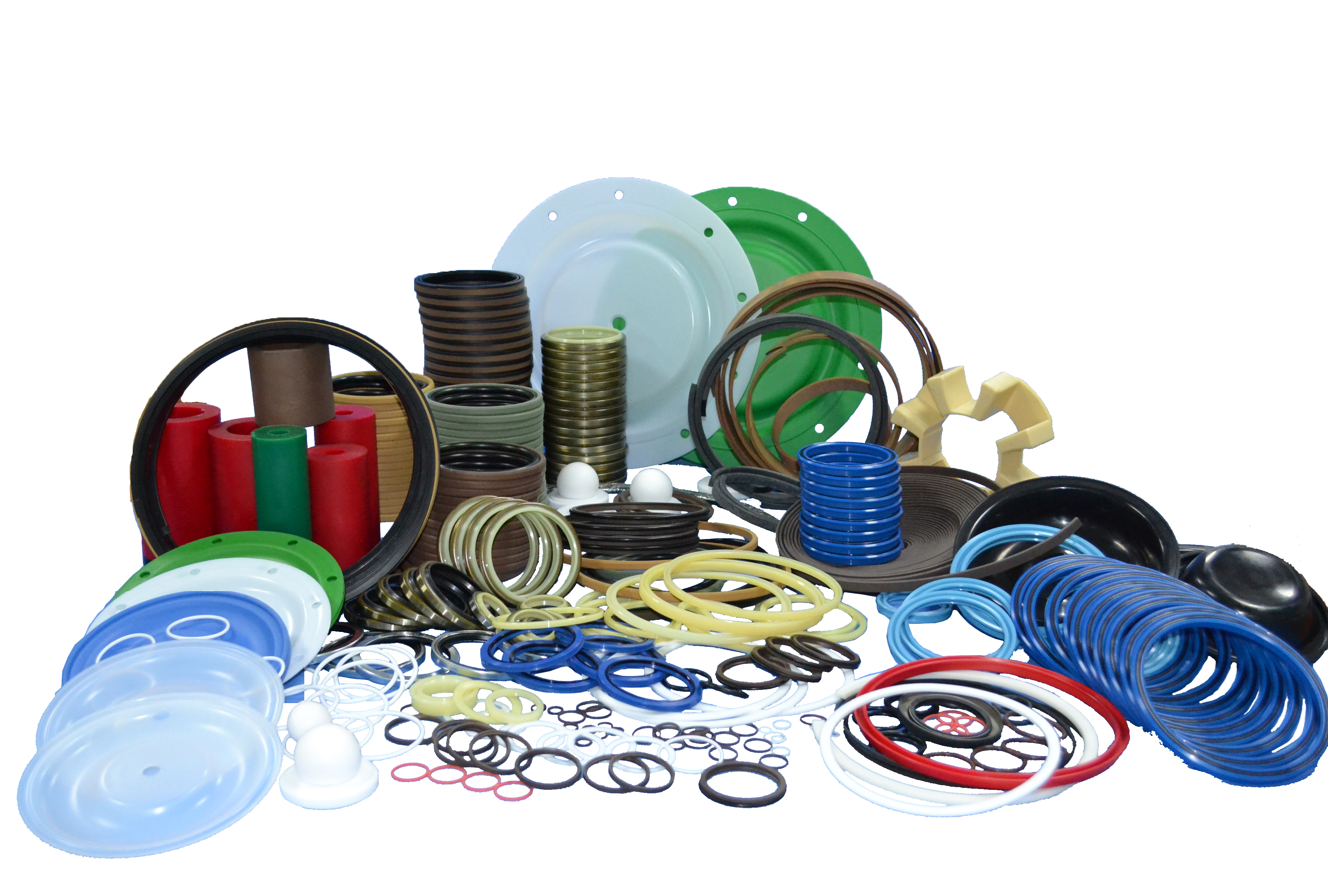Hydraulic seals play a very important role in industrial applications, are widely used in a variety of equipment and systems, and play a seal in preventing the leakage of liquid or gas. Selecting the right hydraulic seals is a key step to ensure that the night attack system can operate properly. Hydraulic cylinders in the design of different technical requirements, the choice of hydraulic seals must be based on the technical requirements of the cylinder, to choose the seals can be customized to produce different technical specifications (non-standard parts).
This article will help you correctly select the right hydraulic seals to ensure the reliability and efficiency of the hydraulic system.
Step 1: Understand your system requirements:
Before in-depth selection of hydraulic seals, you must have a comprehensive understanding of the requirements of your hydraulic system working conditions. Such as operating temperature, pressure range, working medium, medium speed and so on. Below are a few examples of working conditions for your reference:
1, when the cylinder requires pressure greater than 25MPa, speed between 0 to 0.5 m / s, and oil temperature of 80 ℃, hydraulic seals need to have the following technical requirements:
(1) the hardness of the hydraulic seals should be selected between 92 degrees to 97 degrees; the higher the pressure of the hydraulic cylinder, the greater the hardness of the selected seals.
(2) The lip linear velocity of the hydraulic seals must meet the requirements of 0.5 m / s.
(3) The temperature resistance of hydraulic seals should be able to adapt to the temperature range of -30 ℃ to 110 ℃. The hydraulic seal’s lip contact surface temperature is usually higher than the hydraulic oil temperature, so the selected hydraulic seals must be able to withstand high temperatures up to 110 ℃ but also need to be able to withstand -30 ℃ or so low-temperature conditions.
(4) to choose special seals, for example, piston seals should choose piston seals, piston rod seals should choose piston rod seals. Try not to use both seals because most of the part-time seal’s root width is less than the root width of the special seals; if the pressure is greater, the part-time seal’s root deformation is greater, while the special seals have a wider root, in the same pressure, its compression deformation is smaller, thus reducing the possibility of extrusion by the piston rod.
(5) A washer should be added to the root of the seal. Why should a washer be added and what should be the hardness of the washer? As the pressure of the cylinder is greater than 25MPa, the height of the seal determines the size of its root deformation, that is, the size of the extrusion gap. Gaskets also have a certain hardness and deformation; the addition of gaskets can reduce the deformation of the hydraulic seals so that in the case of high pressure, the root of the seal with the piston rod or cylinder wall friction is less likely to reduce the risk of sealing the root of the extrusion and strain damage. The hardness of the gasket is positively correlated with the pressure; the higher the pressure, the greater the hardness of the selected gasket should be.
2, when the hydraulic cylinder requires a pressure of less than 25MPa, speed of 0.5 m / s, oil temperature of 80 ℃, seals need to meet the following requirements:
(1) The hardness of the seal should be selected between 85 degrees and 92 degrees because lower hardness can provide better seal elasticity.
(2) The speed and temperature requirements are the same as those for hydraulic cylinders requiring pressures greater than 25 MPa.
(3) Specialized seals, part-time seals or various other forms of seals can be selected.
Step 2: Determine the type of hydraulic seal:
There are several types of hydraulic seals, including dust seals, rod seals, piston seals, guide rings and O-rings. Each type has a specific purpose and offers unique advantages. Analyze the intended application and type of motion (reciprocating or rotary) to determine the appropriate type of hydraulic seal.
Step 3: Select the hydraulic seal material:
Selecting the correct seal material is critical to the proper operation and service life of hydraulic seals. Common materials used for hydraulic seals include polytetrafluoroethylene (PTFE), nitrile butadiene rubber (NBR), polyurethane (PU), and fluoroelastomer (FKM). Evaluate these materials for compatibility with hydraulic media, temperature ranges, and abrasion and chemical resistance, and consider the possibility of seal degradation due to fluid additives or contaminants. (For more information on the properties of the materials used in hydraulic seals, click here for an article specializing in hydraulic seal materials.)
Step 4: Select hydraulic seal size
Determine the size and specifications of the hydraulic seals required based on the size and sealing requirements of the equipment or hydraulic system. Check the cylinder rod and piston diameters, bore diameters, seal heights, and groove dimensions to ensure that the hydraulic seals can be accurately and undamaged installed into the cylinders for effective hydraulic system sealing and to ensure the normal use of the equipment.
Step 5: Quality and reliability of hydraulic seals
When selecting hydraulic seals, the quality quality and reliability of hydraulic seals should be prioritized over price. Choose reputable brands that have been approved for quality assurance, such as ISO 9001. Strict quality process controls ensure consistent sealing performance. Choose a reputable and certified supplier of hydraulic seals. A high-quality product may have a higher initial cost. Still, in the long run, it will result in higher system efficiency, lower maintenance costs and less downtime – cost-effective hydraulic seals are your best choice.
Step 6: Validate and test
When testing seals in rotary and reciprocating motion, reliable test equipment must methodically document wear levels, frictional heat effects, temperature spikes and reliability tests for all operating conditions of hydraulic seals. Extensive hydraulic cylinder seal testing uses established hydraulic fluid seal evaluation techniques to verify the compatibility of hydraulic cylinder seal materials to determine the appropriate elastomer.
Rigorous test results from carefully planned experiments provide a reliable basis for selecting hydraulic cylinder seals.
In short, when selecting hydraulic seals, you need to consider the material’s abrasion resistance, chemical resistance, high-temperature resistance and low-temperature resistance. At the same time, factors of the sealing environment, such as temperature, humidity, vibration, etc., also need to be considered. Operating pressure and temperature are also important considerations when selecting seals. The geometry of the seal also needs to be selected for the specific application. Through in-depth understanding and careful consideration of these factors, we can select the most suitable seals to ensure the stable operation of the hydraulic system.
Seek advice from hydraulic seal experts: If you need to find a solution for a specific need in your hydraulic system, consult a specialized hydraulic seal expert or an experienced hydraulic seal supplier.



TYS Sealing Solutions, as a reputable seal manufacturer with strict quality assurance experiments, produces reliable and stable hydraulic seals, offering high-quality products at competitive prices to discerning buyers.
Sealing Solutions can be customized to provide you with customized sealing solutions. ISO 9001 certified, TYS employs a rigorous quality control process throughout the manufacturing cycle, from materials (TYS specializes in PTFE, polyurethane, Buna-N, Viton, composites, and composites for other seals, such as PTFE seals) to final inspection and testing of hydraulic cylinder seals. Feel free to discuss more hydraulic sealing solutions with the TYS team.

